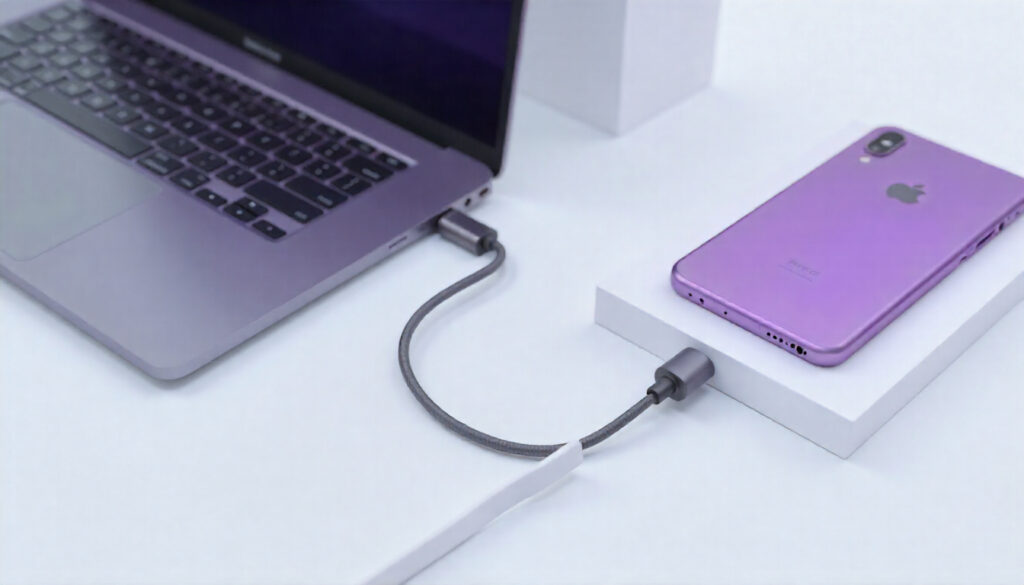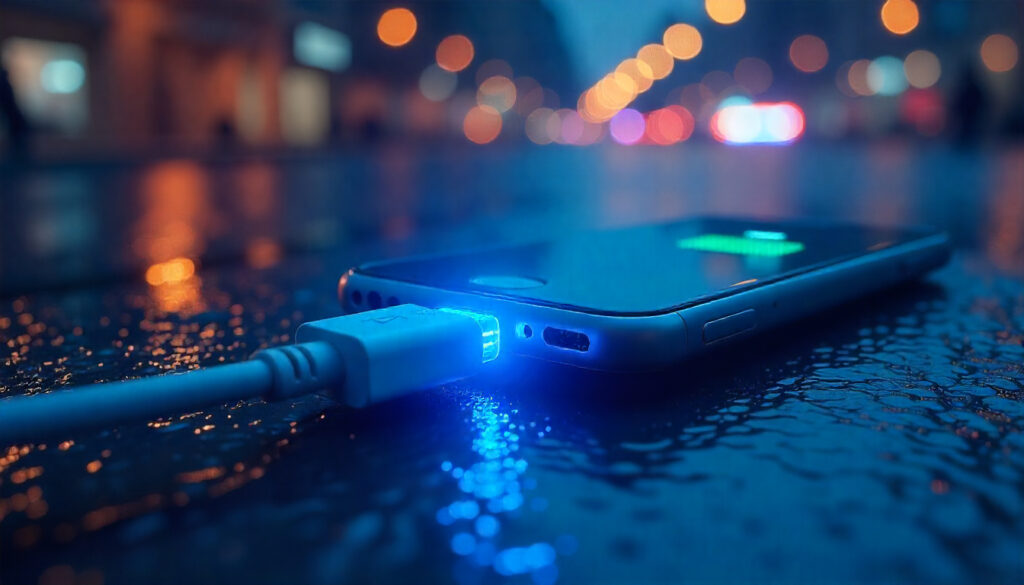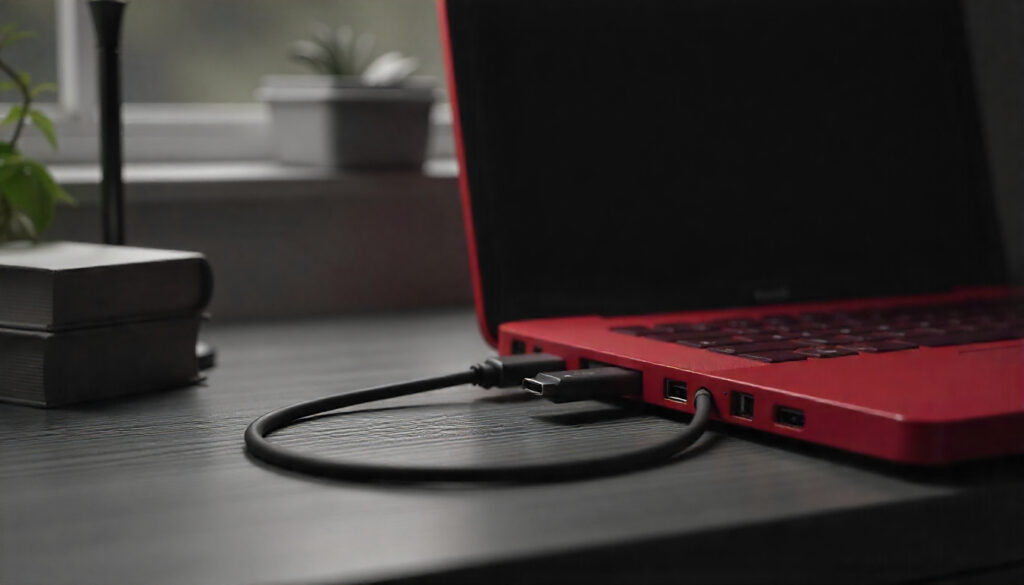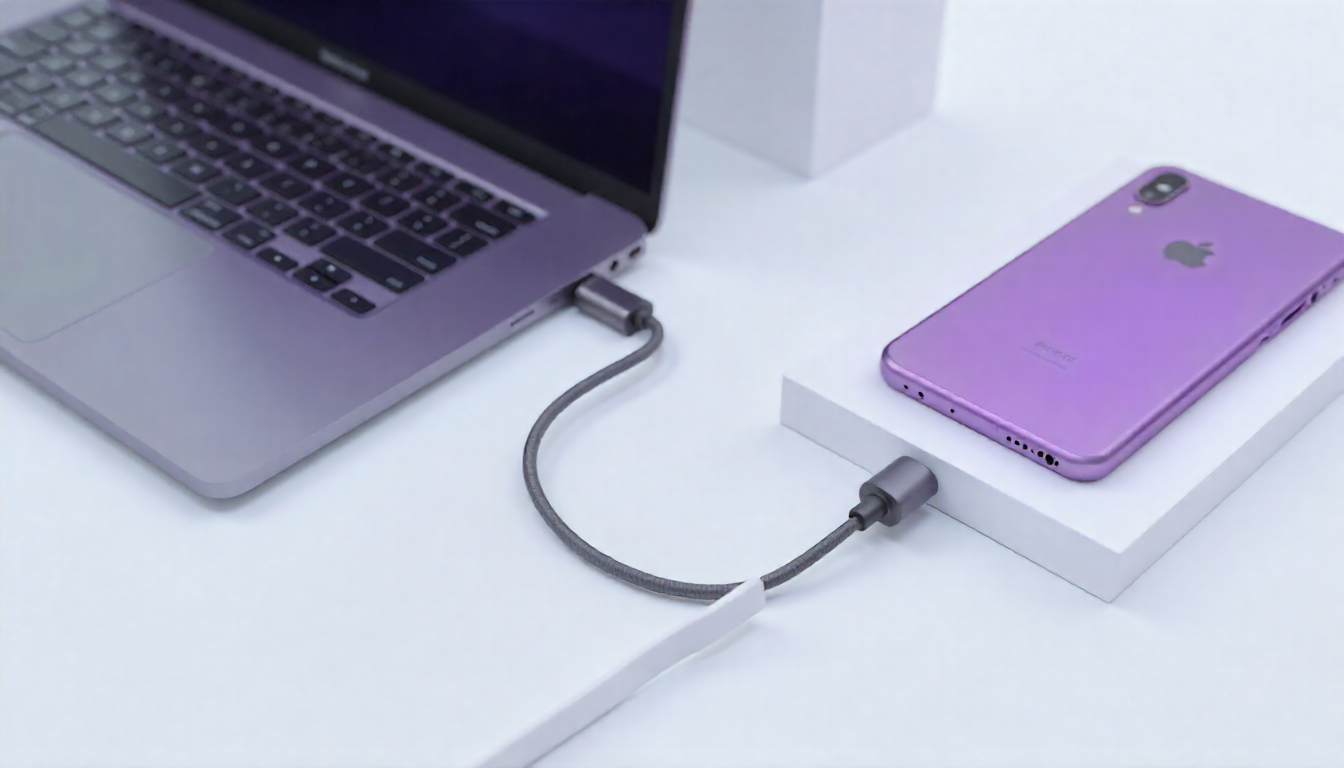USB A to USB C: Everything You Need to Know
The transition from USB A to USB C has become one of the most significant shifts in modern technology. As devices evolve, the demand for faster charging, quicker data transfer, and universal compatibility continues to rise. Understanding the differences, benefits, and applications of USB A to USB C cables can help you make the right choice for your devices.

What is USB A to USB C?
A USB A to USB C cable is designed to connect devices with a traditional USB Type-A port to modern USB Type-C devices. This allows users to connect older computers, power banks, and chargers with new smartphones, tablets, and laptops. Unlike USB A, which is rectangular and one-sided, USB C is smaller, reversible, and supports higher performance.
Why is USB A to USB C Important?
The importance of usb a to usb c fast charging and reliable connections lies in its versatility. It enables older hardware to stay relevant by connecting to the latest USB-C-enabled devices. With the increasing adoption of USB-C as a universal port, especially in smartphones and laptops, USB A to USB C adapters and cables have become essential.

Key Features of USB A to USB C Cables
- Data Transfer Speed: Depending on the version (USB 2.0, USB 3.0, or USB 3.2), transfer speeds range from 480 Mbps to 10 Gbps.
- Power Delivery (PD): Many USB A to USB C cables support charging speeds up to 18W, making them suitable for smartphones and tablets.
- Durability: High-quality braided cables can withstand frequent bending and plugging.
- Compatibility: Works with a wide range of devices, including USB C devices, external drives, gaming consoles, and accessories.
USB 2.0 vs USB 3.0 in USB A to USB C
When choosing a usb a to usb c cable, it’s important to note the difference between USB 2.0 and USB 3.0 standards. While USB 2.0 only supports 480 Mbps transfer speed, USB 3.0 and higher versions support much faster data transfers and charging efficiency.
Applications of USB A to USB C
Some common uses of USB A to USB C adapters and cables include:
- Connecting smartphones to laptops for file transfer.
- Fast charging devices like Android phones and tablets.
- Using USB A power banks with USB C devices.
- Plugging external hard drives and SSDs into older PCs.

Future of USB A to USB C
With the European Union mandating USB-C as the standard charging port by 2024, the relevance of usb a to usb c adapter will remain strong for years to come. It bridges the gap between legacy devices and the future of universal charging and data transfer standards.
Conclusion
The world is moving toward a USB-C-only environment, but USB A to USB C solutions provide a crucial bridge during this transition. Whether for fast charging, reliable data transfer, or connecting older hardware, having the right cable or adapter ensures seamless compatibility.


Leave a Reply